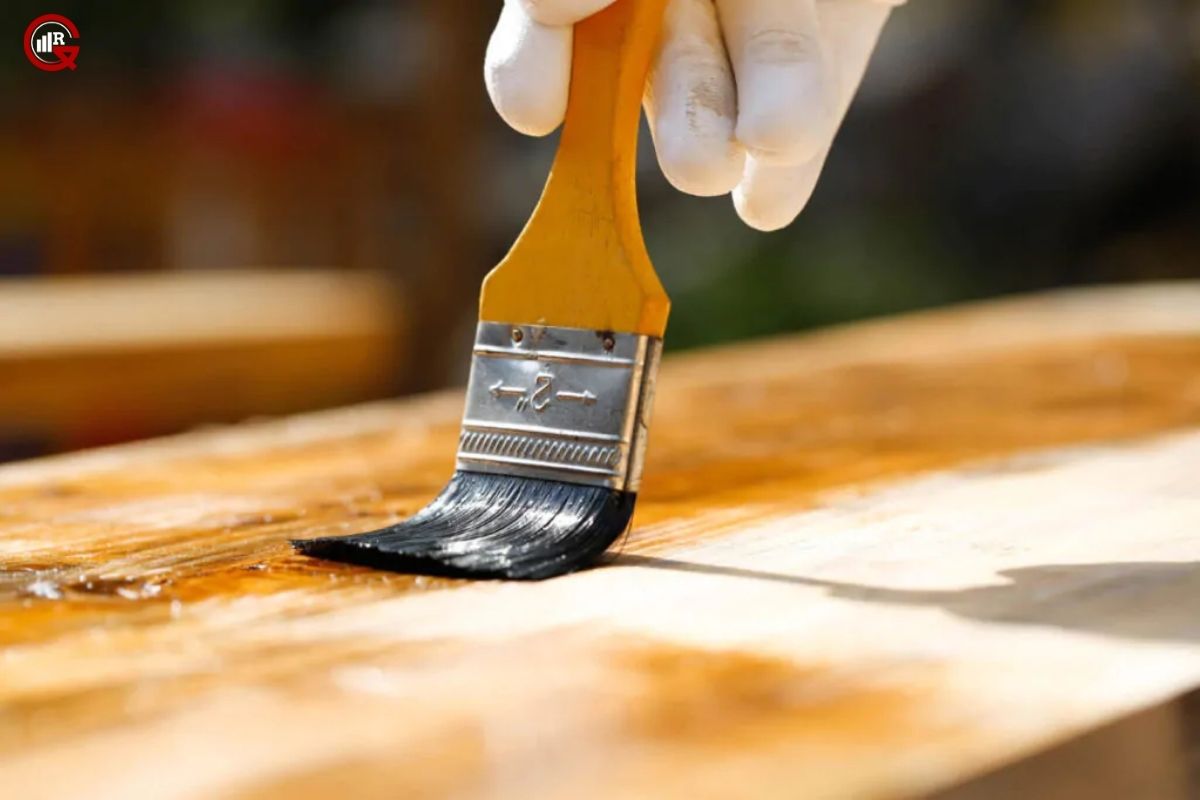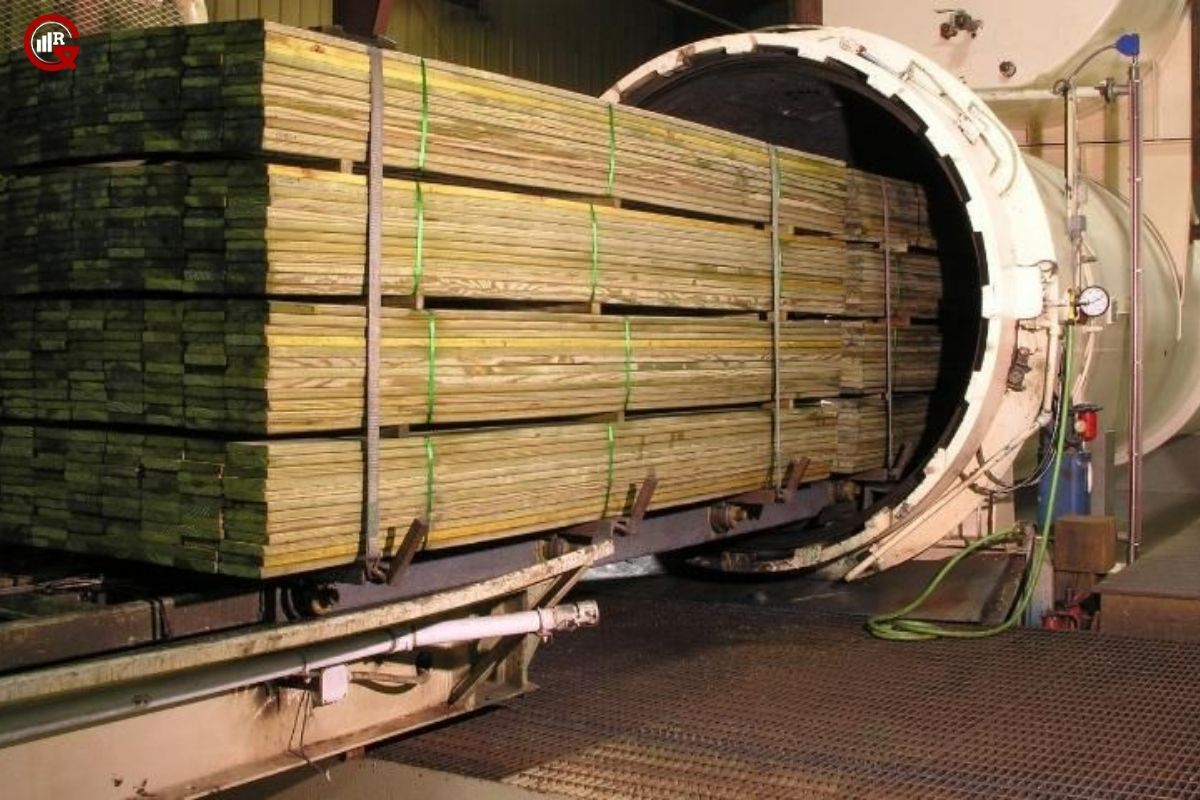Wood has been a fundamental building material for centuries, prized for its natural beauty, versatility, and renewable nature. However, wood is also susceptible to degradation from various factors, including moisture, insects, fungi, and weathering. Industrial wood preservatives play a vital role in protecting wood products from these threats, extending their service life, and enhancing their durability and sustainability. In this comprehensive guide, we will explore the types, benefits, applications, and environmental considerations of industrial wood preservatives.
They are chemicals applied to wood surfaces to protect them from decay, insect damage, and other forms of deterioration. These preservatives penetrate the wood structure, forming a protective barrier against moisture, fungi, and insects, thereby extending the lifespan of wood products. The use of wood preservatives is widespread in various industries, including construction, decking, fencing, utility poles, railway ties, and marine structures.
Types:
a. Oil-Based Preservatives:
- Oil-based preservatives, such as creosote and pentachlorophenol (PCP), have been used for decades due to their effectiveness against decay fungi and insects.
- Creosote, derived from coal tar, is commonly used for railroad ties, utility poles, and marine pilings due to its excellent resistance to moisture and decay.
- PCP, although highly toxic and restricted in many countries due to environmental concerns, remains in use for certain applications where alternative treatments are not feasible.
b. Water-Based Preservatives:

- Water-based preservatives, also known as waterborne preservatives, have gained popularity as environmentally friendly alternatives to oil-based treatments.
- Copper-based preservatives, such as copper azole (CA) and copper chromium arsenate (CCA), are widely used for residential and commercial applications, including decks, fences, and outdoor furniture.
- Borate-based preservatives, such as disodium octaborate tetrahydrate (DOT), provide protection against both fungi and insects and are commonly used for interior applications, such as framing lumber and plywood.
c. Pressure Treatment:
- Pressure treatment involves impregnating wood with preservatives under high pressure to ensure deep penetration and uniform distribution of the chemicals.
- Pressure-treated wood is commonly used for outdoor applications where durability and resistance to decay are essential, such as decks, fences, and structural timbers.
- The pressure treatment process enhances the longevity of wood products, making them suitable for long-term use in harsh environmental conditions.
Benefits of Industrial Wood Preservatives:

a. Enhanced Durability:
- Industrial wood preservatives protect wood products from decay, rot, and insect damage, thereby extending their service life and reducing the need for premature replacement.
- Treated wood products can withstand exposure to moisture, humidity, and temperature fluctuations without compromising their structural integrity or aesthetic appeal.
b. Cost-Effectiveness:
- Investing in industrial wood preservatives is a cost-effective way to prolong the lifespan of wood products and minimize maintenance and replacement costs over time.
- Treated wood requires less frequent maintenance, such as painting, staining, or sealing, compared to untreated wood, resulting in long-term savings for homeowners and businesses.
c. Environmental Sustainability:
- By protecting wood products from decay and insect infestation, industrial wood preservatives contribute to the sustainable use of timber resources and reduce the demand for virgin wood.
- Pressure-treated wood, in particular, allows for the utilization of lower-grade or fast-growing timber species that may not be suitable for untreated applications, promoting sustainable forest management practices.
Applications of Industrial Wood Preservatives:
a. Construction:
- Industrial wood preservatives are commonly used in residential and commercial construction for framing, sheathing, siding, and trim applications.
- Pressure-treated lumber is widely used for structural components, such as beams, joists, and posts, in building foundations, decks, and outdoor structures.
b. Outdoor Living:
- Wood preservatives are essential for outdoor living spaces, including decks, patios, fences, pergolas, and gazebos, where exposure to the elements can accelerate wood decay and deterioration.
- Treated wood products offer long-lasting performance and durability, making them ideal for high-traffic areas and outdoor furniture.
c. Utility and Infrastructure:

- Utility poles, railway ties, bridge timbers, and marine structures are commonly treated with industrial wood preservatives to withstand exposure to moisture, soil, and environmental contaminants.
- Pressure-treated wood is essential for critical infrastructure projects, where structural integrity and longevity are paramount for public safety and operational reliability.
Environmental Considerations:
a. Health and Safety:
- While industrial wood preservatives provide essential protection for wood products, some formulations contain chemicals that may pose health and environmental risks.
- Proper handling, application, and disposal practices are essential to minimize exposure to preservative chemicals and mitigate potential hazards to human health and the environment.
b. Regulatory Compliance:
- The use of industrial wood preservatives is subject to regulatory oversight and compliance with environmental, health, and safety standards established by government agencies and industry associations.
- Regulations may restrict or regulate the use of certain preservatives, such as creosote and chromated copper arsenate (CCA), due to their toxicity and environmental persistence.
c. Sustainable Alternatives:
- Advances in wood treatment technology have led to the development of eco-friendly and low-toxicity preservatives, such as borate-based and copper-based formulations, that offer effective protection against decay and insects while minimizing environmental impact.
- Sustainable forestry practices, including the use of certified wood products and recycled materials, also contribute to the overall sustainability of wood preservative treatments.
Conclusion:
Industrial wood preservatives play a crucial role in enhancing the durability, longevity, and sustainability of wood products in various applications, from construction and outdoor living to utility and infrastructure projects. By protecting wood from decay, rot, and insect damage, these preservatives ensure the continued use of timber resources and promote the responsible stewardship of forest ecosystems. As the demand for sustainable building materials grows, the development of eco-friendly wood preservatives and the adoption of best practices in wood treatment are essential to meet the evolving needs of the construction industry and safeguard the environment for future generations.

